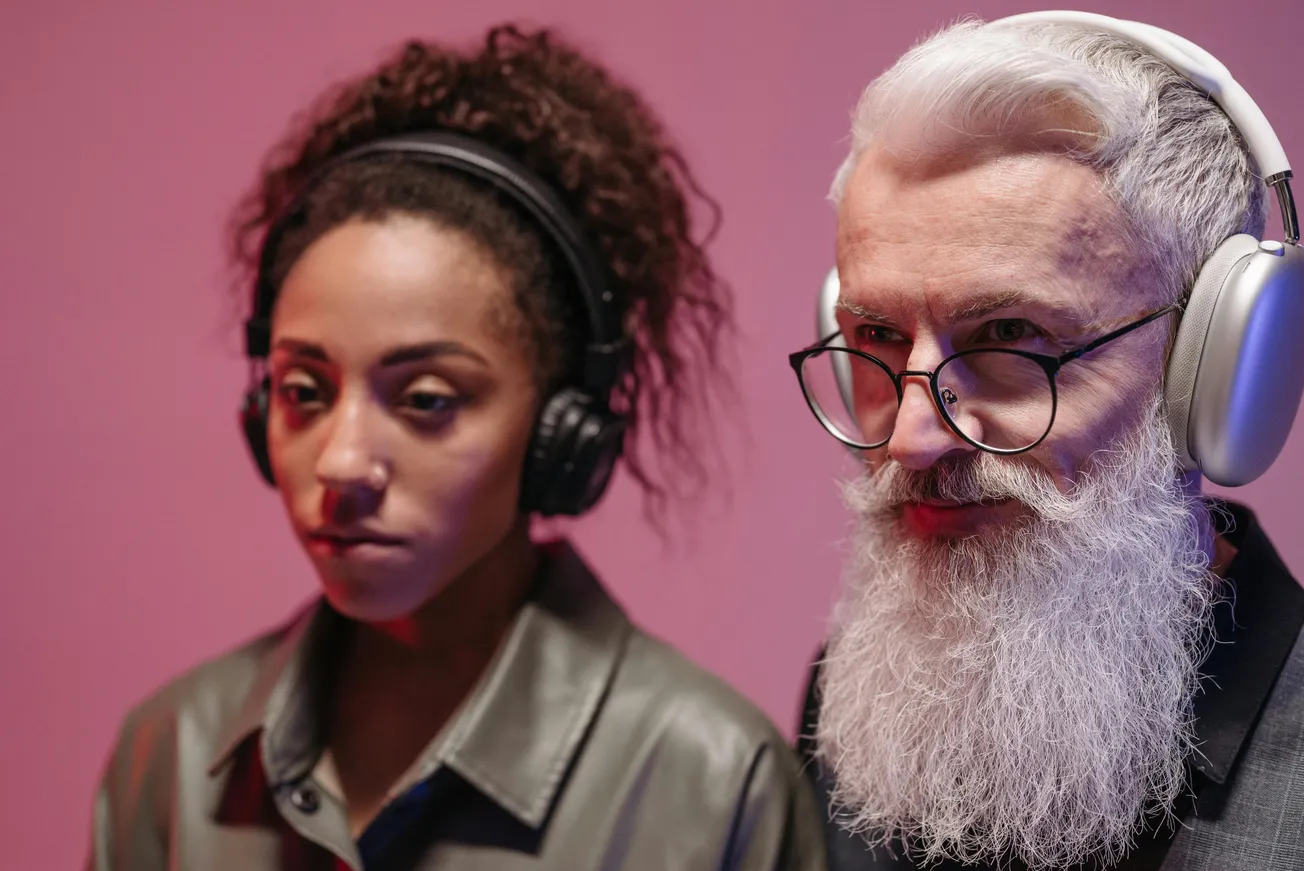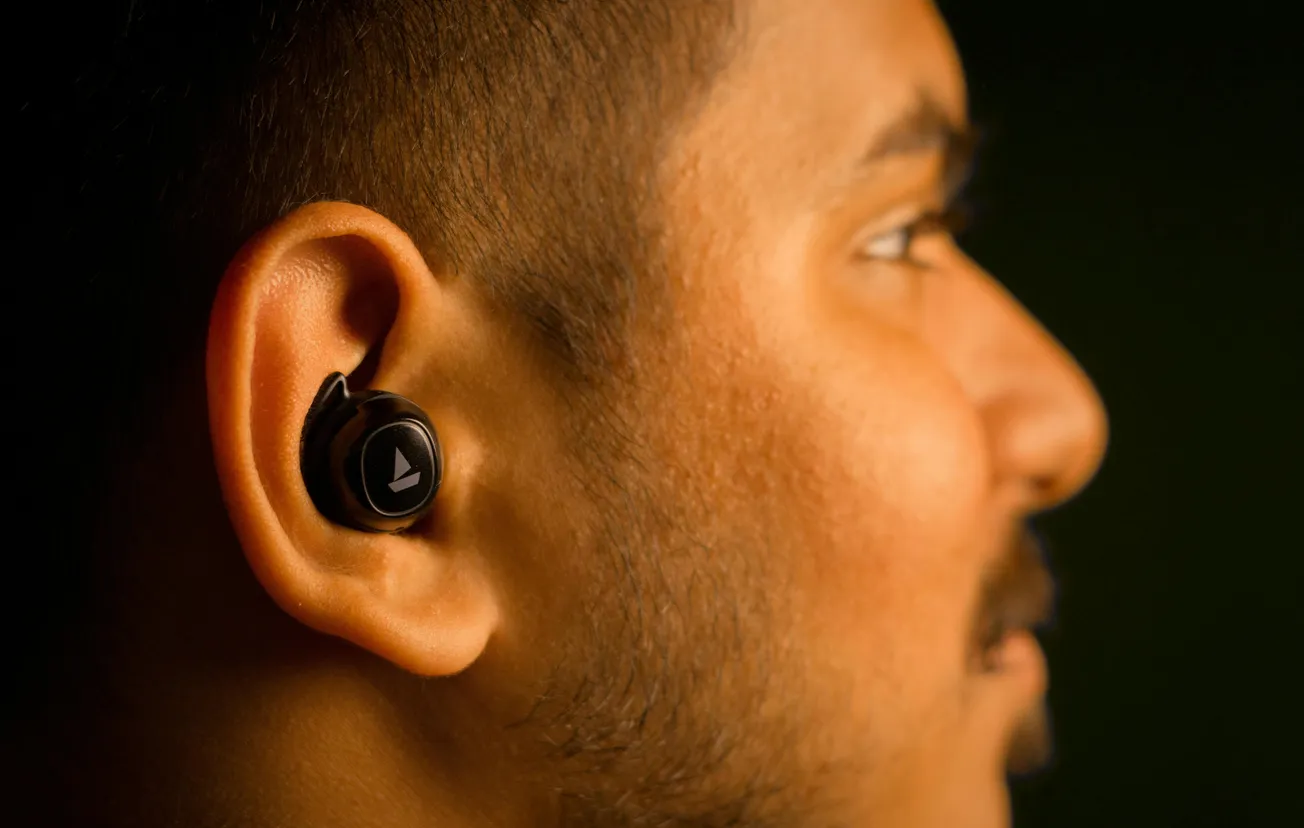In the realm of generative audio, a research paper named StereoFoley dropped recently, introducing a novel method for generating object-aware stereo audio from video.
What is StereoFoley?
- Unlike earlier video-to-audio models that output mono or blind sound, this model produces stereo audio aligned with objects’ positions in a scene.
- The system uses synthetic data generation and object‑tracking to help the model learn spatial cues: panning, distance-based attenuation, and accurate alignment with visual motion.
- Human listening studies confirmed that the spatial cues it produces correlate strongly with perceived realism.
Implications for creators & tools
- This opens the door to more immersive Foley effects in post‑production without manual spatial sound design.
- Plugins or platforms might adopt similar models to enhance video content automatically with more realistic ambient and object-driven sound.
- For AR/VR content, StereoFoley’s approach helps narrow the gap between synthetic environments and perceptually convincing audio.
The research marks a leap in generative audio’s maturity. While still academic for now, StereoFoley suggests that future video editing suites may soon auto-generate rich stereo sound layers that feel grounded in the scene.








